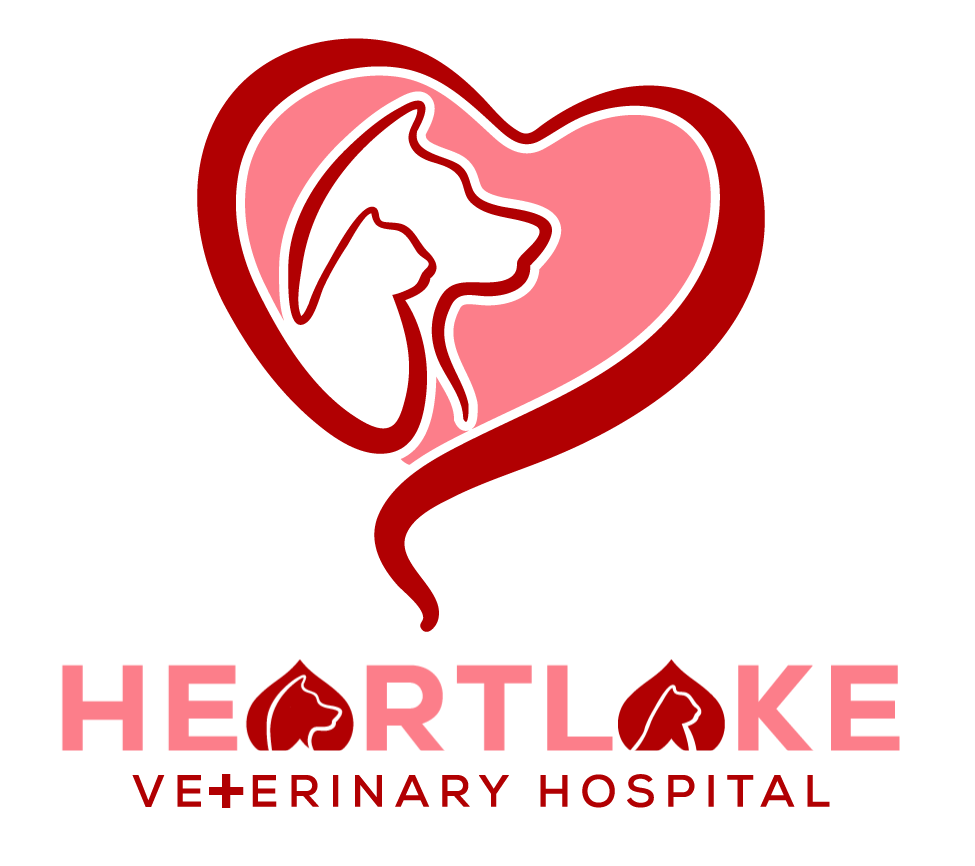My goal in writing this blog post is to provide insight for pet owners, into the difference between a cosmetic teeth cleaning versus a Comprehensive Oral Health Assessment and Treatment (COHAT).
As a pet owner you may, at some point, have inquired about a “Dentistry” or “Teeth Cleaning” at your veterinary clinic. You may have been shocked and deterred by the price, or wondered why a general anaesthetic is needed to clean your fur baby’s teeth.
Terminology is very important in this regard. These simple terms (dentistry, teeth cleaning) do not accurately represent a COHAT.
- What is periodontal disease?
- Periodontal disease is infection and inflammation of the periodontium (the tissues that surround and support the teeth) due to plaque bacteria and the host’s response to the bacterial insult. –From the Merck Veterinary Manual
- Studies show that 80-90% of dogs over the age of 3 have some component of periodontal disease. It’s worse in smaller breeds, and the incidence increases with age.
- PERIODONTAL DISEASE IS PAINFUL
- Veterinarians stage periodontal disease out of 5.
- Stages of periodontal disease Stages of Pet Periodontal Disease – Pet Dental Health – AVDC
- Bacteria enters the bloodstream from the oral cavity (from the tartar on teeth) and affects organ health. Studies show clear links between periodontal disease and heart disease in particular.
- What is a COHAT?
- Involves general anesthesia.
- Full mouth dental x-rays.
- Veterinary assessment of periodontal disease from both direct visual examination of the mouth/teeth, probing of tooth pockets, and x-ray assessment.
- Medical records are kept meticulously, and all observations are recorded on a dental chart.
- Oral health assessment = more than just teeth and gums.
- Tongue, larynx, hard and soft palate. Masses, extensive gum inflammation that may extend into the larynx are assessed and recorded.
- Immune-mediated oral diseases can be diagnosed with a COHAT (examples include Feline Odontoclastic Resorptive Lesions, Chronic Ulcerative Paradental Stomatitis), and require specific treatment(s).
- An oral chlorhexidine rinse is used.
- A teeth scaling using a combination of an ultrasonic scaler and hand scalers.
- Scaling below the gumline. This refers to the ‘gingival sulcus’ as labeled on the image above. We also use the term subgingival curettage (see Dental Images – Educational (aaha.org) ).
- A teeth polishing using an antibacterial paste.
- An anti-inflammatory is typically administered the day of the procedure.
- Who performs the COHAT in a veterinary clinic?
- May vary based on the veterinary clinic.
- Either a Registered Veterinary Technician supervised by a veterinarian or a Veterinarian themselves.
- What is an Anaesthetic-Free Dental Cleaning AKA a Cosmetic Dental Cleaning?
- I prefer the term Cosmetic Dental Cleaning because as a clinician, it gives the best description as to what the procedure is, in my opinion.
- NO anaesthesia
- NO dental x-rays (thus cosmetic)
- NO subgingival curettage (thus cosmetic)
- Scaling visible part of teeth using hand scaler(s) only (thus cosmetic)
- Physical restraint to scale teeth
- No form of pain control for inflammation caused at gumline from scaling.
- Cosmetic Dental Cleaning RISKS
- Scaling alone leaves grooves in your pet’s teeth and a rough surface is prime for bacteria sticking to them.
- Possible painful exposure of severe periodontal disease (root exposure, fractures) after tartar/calculus removal, without the ability to recommend necessary further treatment or care.
- There are no specific training requirements for the individuals performing the cosmetic cleaning.
- Why is there a cost difference between a Cosmetic Dental Cleaning and a COHAT?
- General anaesthesia, licensed and educated staff to monitor anaesthesia.
- Veterinary attention to oral disease and assessment, with appropriate recommendations and treatment(s).
- Intravenous fluids may be given during a COHAT procedure to maintain hydration and blood pressure.
- Hospitalization and professional care for your fur baby.
- Is it safe for my pet to undergo general anaesthesia?
- Anaesthetic safety is assessed on a patient-by-patient basis.
- Combining a pre-surgical physical exam and pre-anesthetic bloodwork gives valuable information to your veterinarian in terms of risk assessment. We also use this information to tailor an anaesthetic protocol to your fur baby.
- AAHA-accredited veterinary clinics like Heartlake Veterinary Hospital have Registered Veterinary Technicians monitoring anaesthesia using several measureable values and observations throughout the procedure.
- Recovery from anaesthesia is just as important, and is also closely monitored.
- Your veterinary team will provide a Health Risk Analysis. Is there greater risk in anaesthesia for your pet, or is there greater risk in the progressive periodontal disease, pain and further health concerns that this will inevitably cause.
The College of Veterinarians of Ontario (CVO), governs the veterinary profession in the public interest.
In serving the public interest, the College seeks to understand the risks involved in the practice of veterinary medicine and collaborates with partners to develop solutions which reduce the potential for harm to animals and people.
An excerpt from the CVO’s statement in regards to a court ruling by the Superior Court of Justice – Ontario reads:
“It is important that the public understands that although non-veterinarians can legally perform cosmetic teeth cleaning services, there is no health benefit for their pet. There are also no specific training requirements, and the risk of missing important signs of disease exist if owners fail to access proper dental care for their animal…”
You can find the rest of this statement in the resources listed below.
Dr. Ashna Varma, BVM&S
Resources:
- Nonanesthetic Dentistry (aaha.org)
- Dental Images – Educational (aaha.org)
- Periodontal disease | Cornell University College of Veterinary Medicine
- Anaesthesia free dentistry – Know the facts
- College of Veterinarians of Ontario – College Statement on Recent Court Decision on Use of Cosmetic Teeth Cleaning (2017)
Image credit: Dentistry and Oral Surgery Practical Skills Online Course | Cornell University College of Veterinary Medicine

